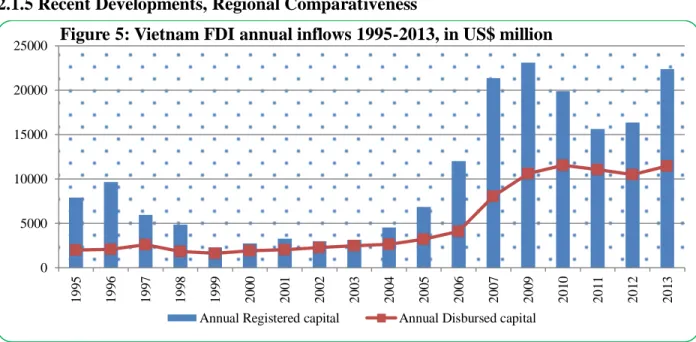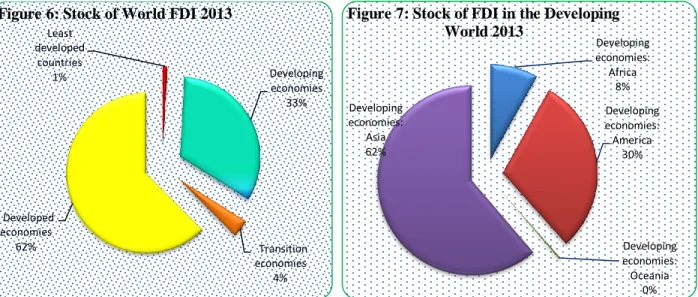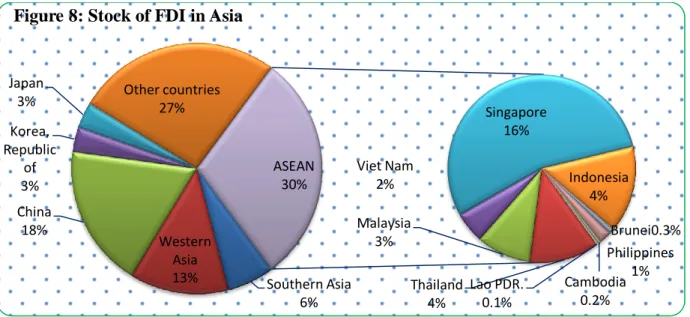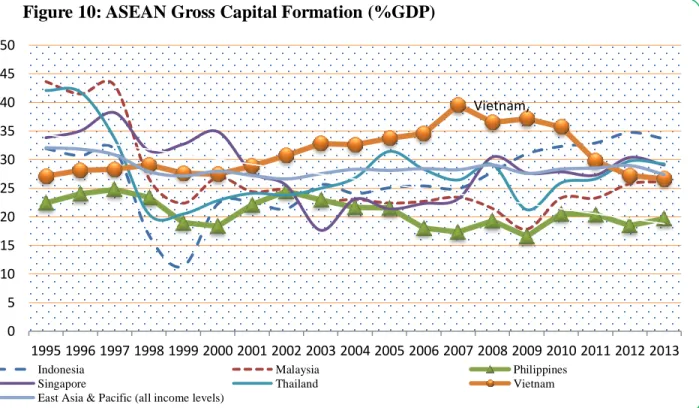Foreign capital inflows and economic growth: Does foreign capital inflows promote the host country's economic growth? An empirical case study of Vietnam and the intuitive roles of
全文
図

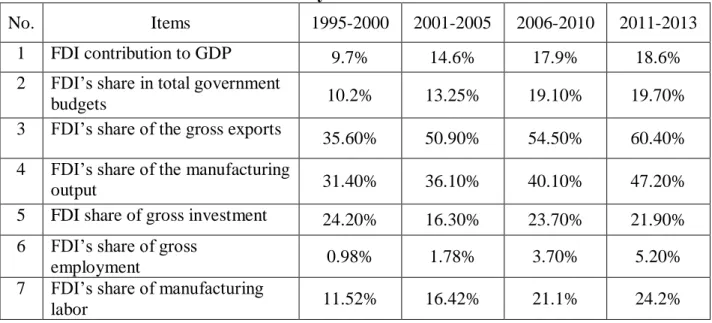
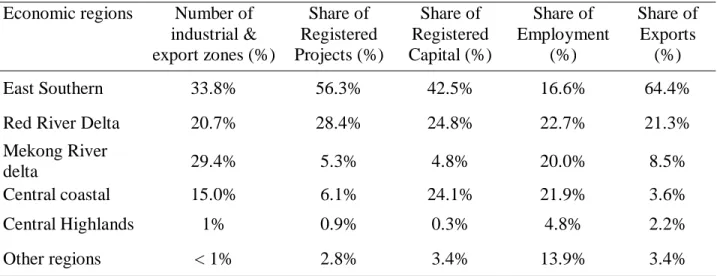
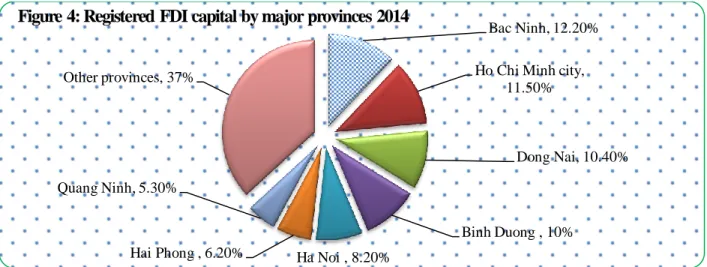
関連したドキュメント
Standard domino tableaux have already been considered by many authors [33], [6], [34], [8], [1], but, to the best of our knowledge, the expression of the
We show that a discrete fixed point theorem of Eilenberg is equivalent to the restriction of the contraction principle to the class of non-Archimedean bounded metric spaces.. We
Then it follows immediately from a suitable version of “Hensel’s Lemma” [cf., e.g., the argument of [4], Lemma 2.1] that S may be obtained, as the notation suggests, as the m A
Intra-host models of malaria infection describe the dynamics of the blood stages of the parasite and their interaction with host cells which are RBCs and immune effectors [32].. One
The orthogonality test using S t−1 (Table 14), M ER t−2 (Table 15), P P I t−1 (Table 16), IP I t−2 (Table 17) and all the variables (Table 18) shows that we cannot reject the
Article 58(3) of UNCLOS provides that in exercising their rights and performing their duties in the EEZ, “States shall have due regard to the rights and duties of the coastal
If a new certificate of origin was issued in accordance with Rules 3(e) of the operational procedures referred to Chapter 2 (Trade in Goods) and Chapter 3 (Rules of
With respect to each good of Chapter 50 through 63 of the Harmonized System, in the case where a material of the other Country or a third State which is a member country of the


